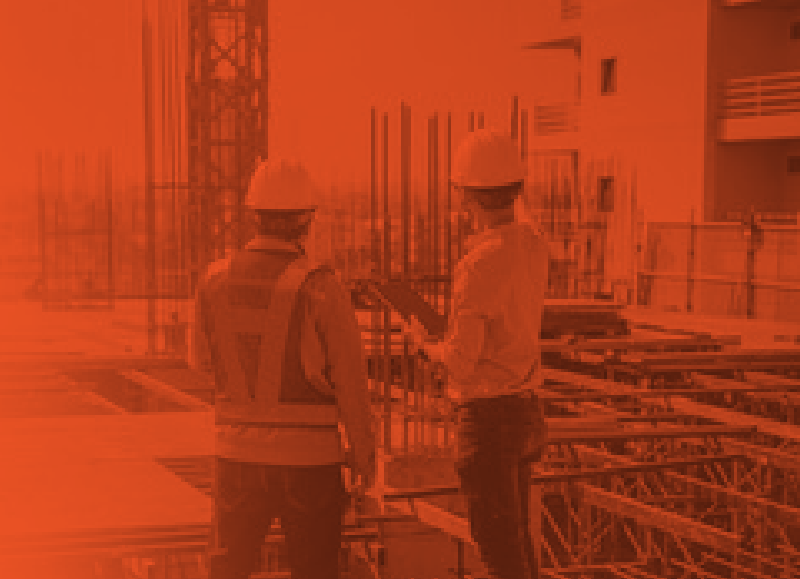Open Enrollment Courses Available
While we primarily provide on-site courses at our clients' locations, we do also periodically offer safety training classroom courses on an open registration basis.
Some of the courses we provide are listed below. For additional course details, as well as upcoming dates and locations, please click through on the title of each course.

